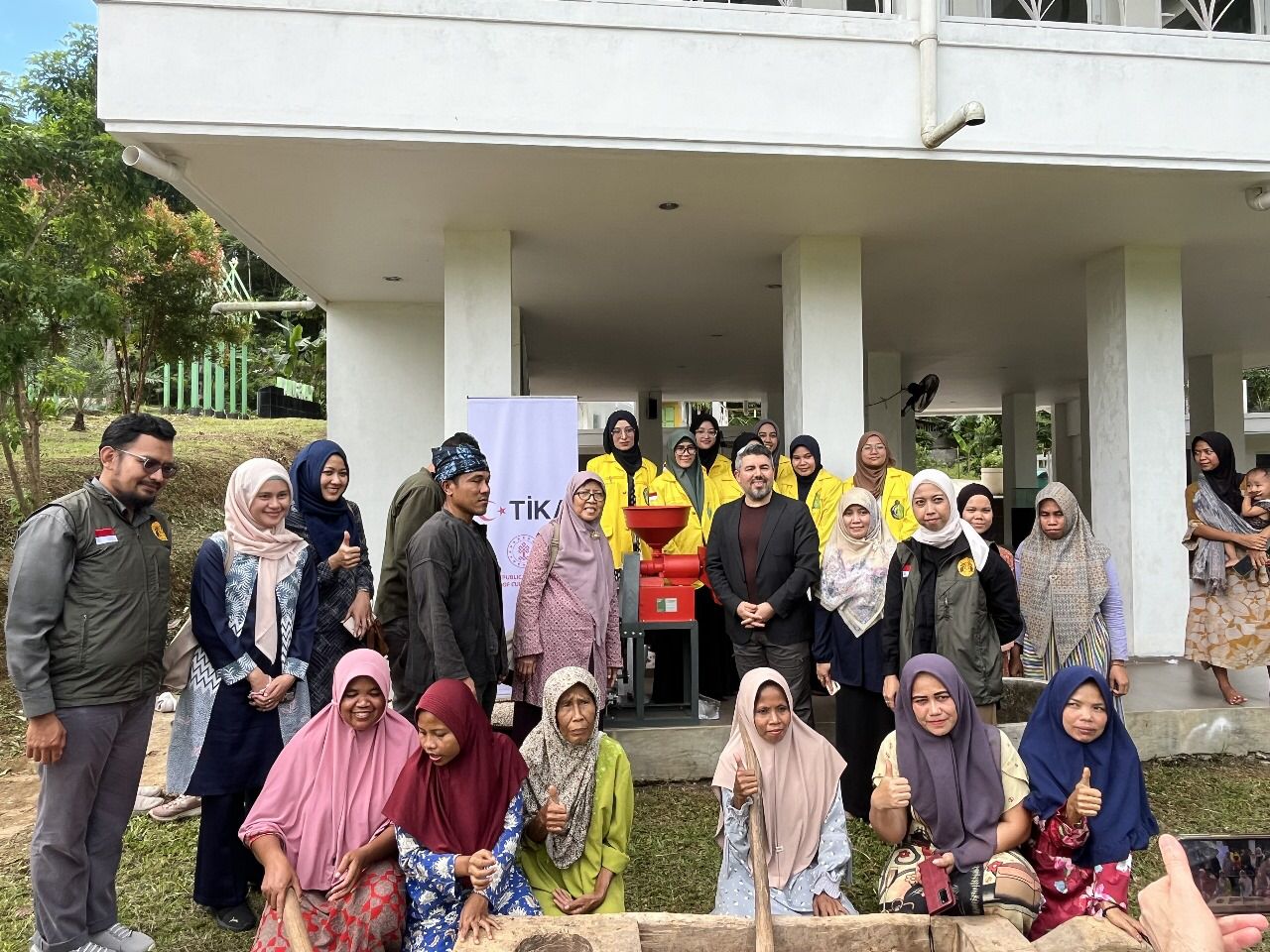The Ministry of Health of the Republic of Indonesia (Kemenkes RI) reported that since the Monkeypox (Mpox) outbreak first appeared in Indonesia in 2022, there have been 88 cases recorded so far. Based on data from the Ministry of Health updated on August 14, 2024, there were 14 new cases after previously recording 74 cases between July 2022 and May 2023.
An epidemiologist from the Faculty of Public Health (FKM), Universitas Indonesia (UI), Dr. Syahrizal Syarif, M.P.H., Ph.D., stated that Monkeypox is included in the category of Self-limited Diseases, namely diseases that can heal on their own in 2 to 4 weeks with proper medical treatment. “With proper treatment, patients can recover within two to four weeks,” said Dr. Syahrizal.
The Mpox that is spreading in Indonesia, according to Dr. Syahrizal, comes from the Clade 2 strain. “Clade 2 is more difficult to transmit and has a low mortality rate, which is below 1%. Meanwhile, Clade 1, which is more common in Africa, has a mortality rate of 5-10%,” he said. According to data from the Ministry of Health, the Clade 2 strain in Indonesia has a lower risk of transmission compared to Clade 1.
Although not endemic in Indonesia, Mpox remains a threat to high-risk groups. “The World Health Organization (WHO) has declared Mpox a Public Health Emergency of International Concern. Mpox has the potential to spread in a limited way in Indonesia, especially among high-risk groups. Therefore, vigilance and prevention must continue to be carried out,” he said further.
Symptoms and Transmission of Mpox
Mpox has two main stages of symptoms. The initial stage is characterized by fever, headache, cough, runny nose, and enlarged lymph nodes in the neck and armpits. These symptoms then develop into a rash on the skin. In the advanced stage, the rash turns into pus-filled lumps that then burst and dry into scabs. Dr. Syahrizal added that the rash most often appears on the face, hands, back, and mouth, but in the 2022-2023 outbreak wave, rashes were also often found in the genital and anal areas.
Mpox can be transmitted through close contact with sufferers. Dr. Syahrizal said, “The majority of cases (86%) occur in men who have same-sex relationships, and around 6% in transgender and bisexual groups.” Although Mpox is not a sexually transmitted disease, transmission is more likely to occur in high-risk groups through direct physical contact or sexual intercourse.
However, the risk of transmission in the general public is relatively low. “Mpox is not easily transmitted to the general public. However, those who feel they are experiencing symptoms similar to Mpox should immediately get themselves checked because the symptoms are often similar to herpes or chickenpox,” said Dr. Syahrizal.
Mpox is diagnosed through a PCR test, and most cases only require self-isolation for 2 to 4 weeks. Treatment is symptomatic, with paracetamol to relieve fever and powder for itching.
Prevention and Treatment Efforts
Dr. Syahrizal emphasized that vaccination is not recommended for the general public, but only for high-risk groups. “The Mpox vaccine is recommended for those who have had close contact with Mpox sufferers. This vaccine has been proven to be up to 86% effective in preventing transmission, and is given in two doses 28 days apart,” he added.
Although the Mpox outbreak is not expected to become a global pandemic like COVID-19, education for high-risk groups remains very important. “Early detection, easy access to PCR tests, proper isolation, and effective treatment are the main priorities in controlling the spread of Mpox,” said Dr. Syahrizal.



